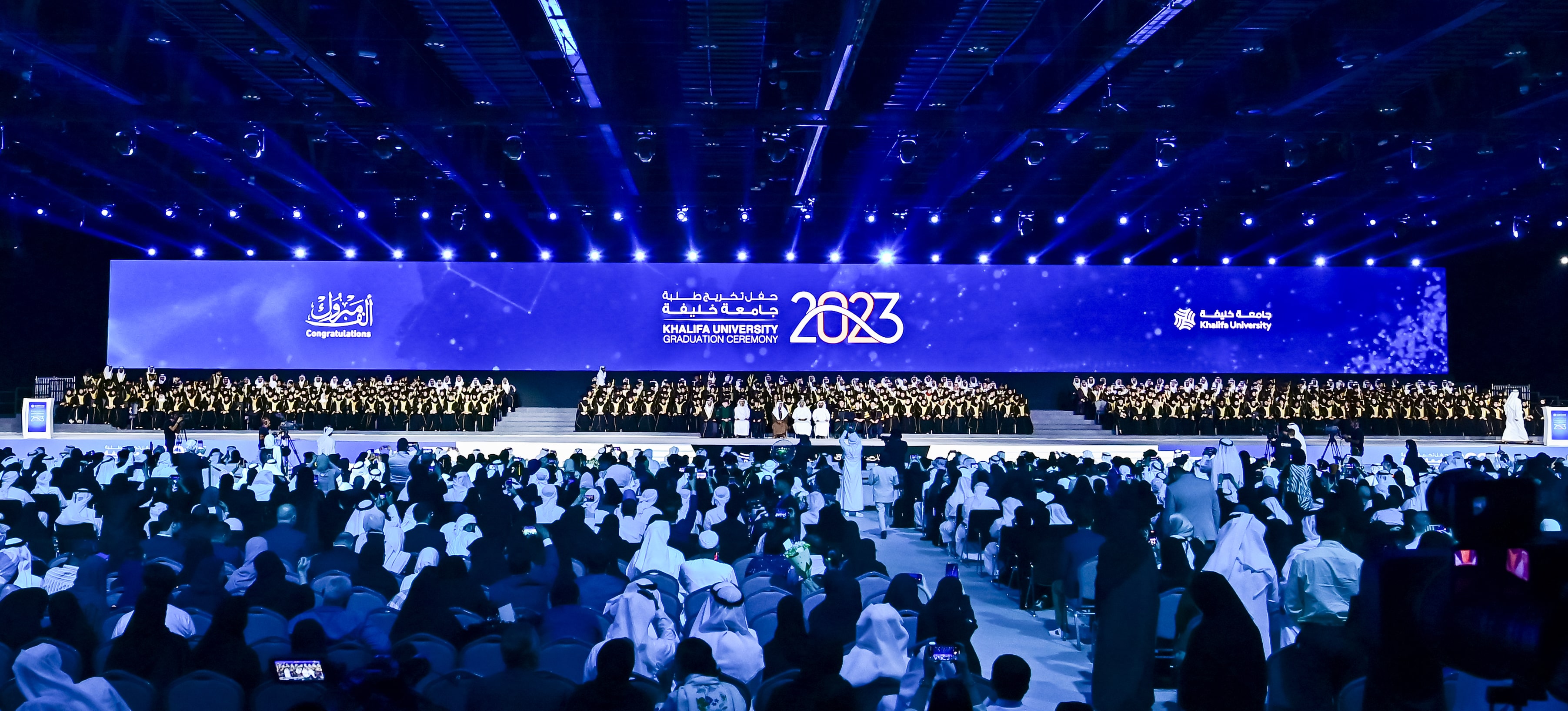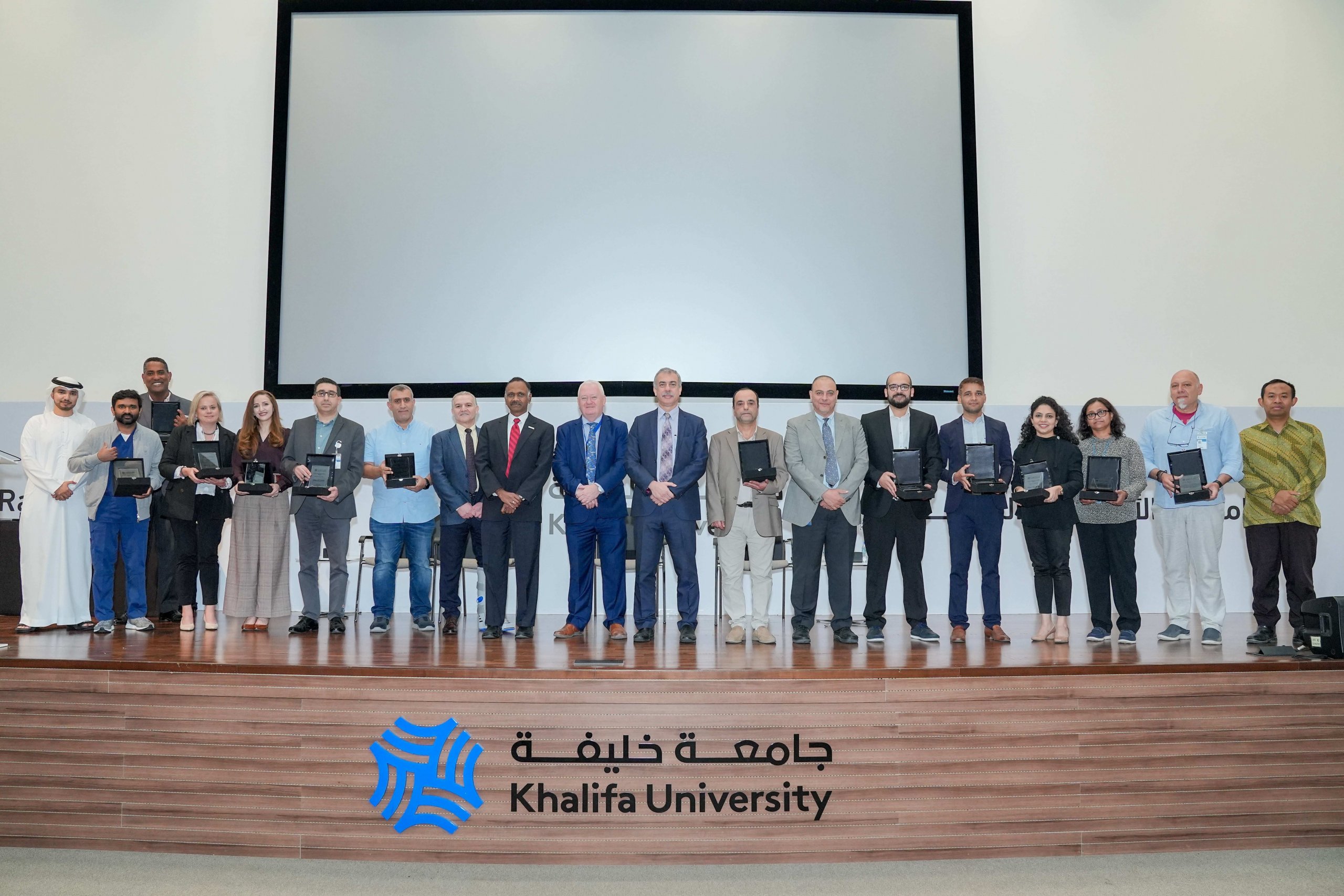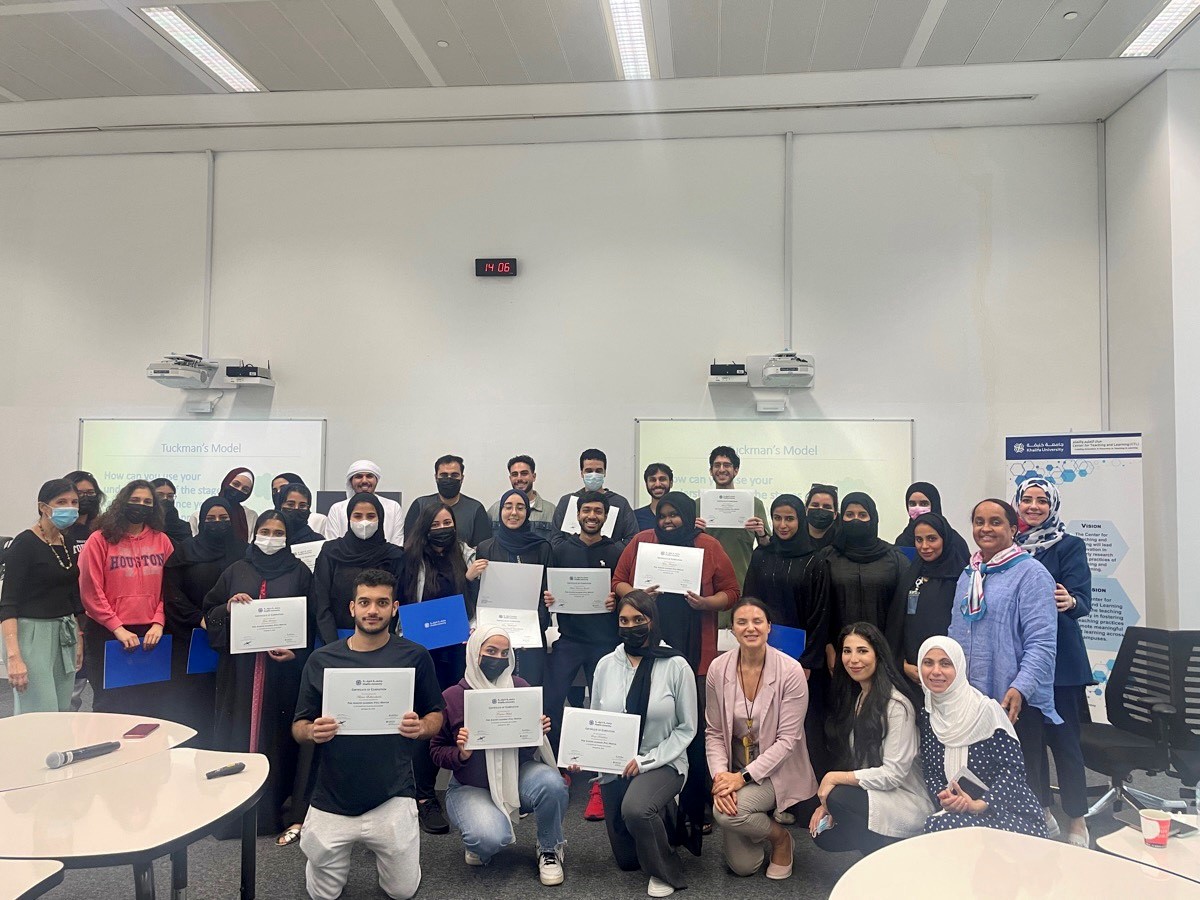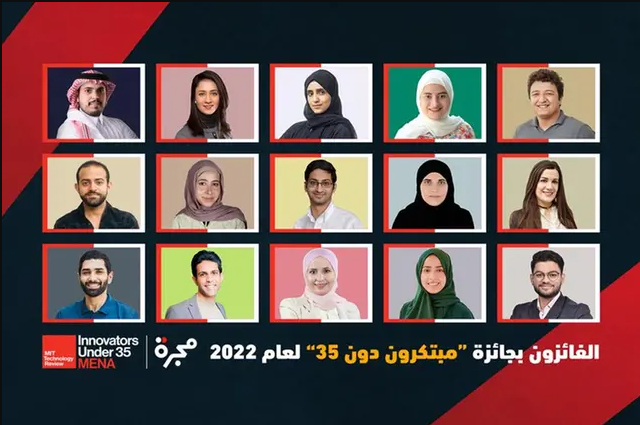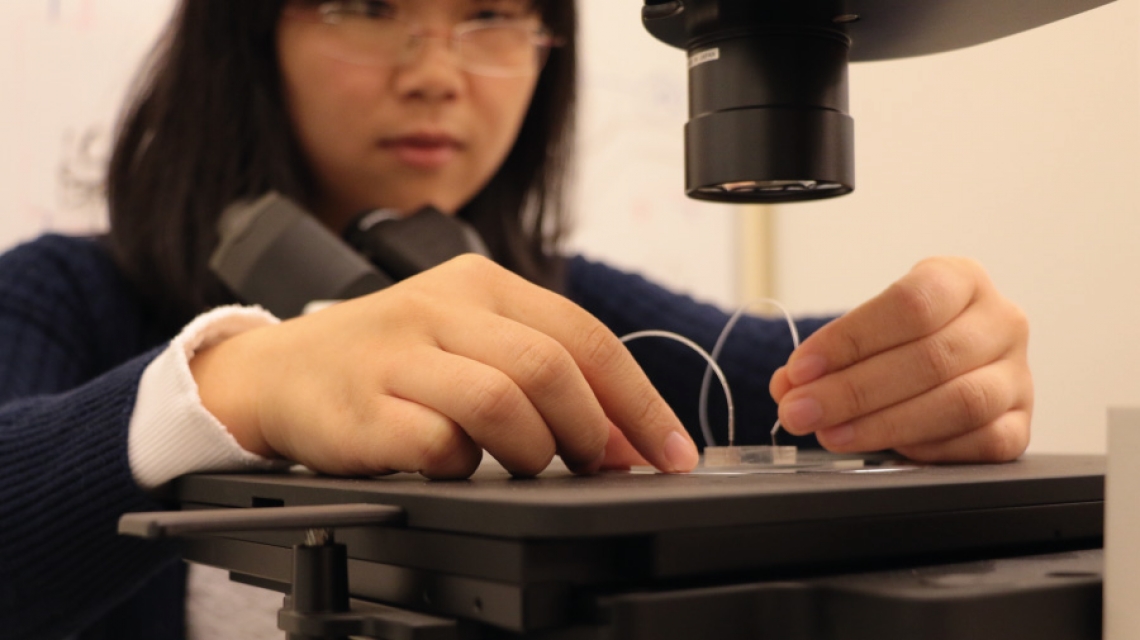
Three papers highlighting the innovative heat transfer research of Masdar Institute Assistant Professor of Mechanical and Materials Engineering Dr. TieJun Zhang, PhD student Hongxia Li and Master’s student Abulimiti Aili, were presented during the 5th Micro/Nanoscale Heat & Mass Transfer (MNHMT) International Conference held last month in Biopolis, Singapore.
The papers reveal the team’s research efforts aimed at improving the heat transfer processes used in solar thermal power and cooling applications – applications that generate clean electricity and cooling with heat from the sun.
Their research is being conducted under the Masdar Institute-Massachusetts Institute of Technology (MIT) active Flagship Research Project, titled “High-Performance Compact Solar Thermal Power and Cooling System,” and brings together teams of faculty from both Masdar Institute and MIT to develop a renewable energy-fired power plant and cooling system.
“The students gave excellent presentations of their research work and received praise from several of the world-renowned scholars who attended the conference,” Dr. Zhang shared. This year was the first time students from Masdar Institute presented at the MNHMT conference.
“The presentations gave us an opportunity to share some exciting findings from the groundbreaking research Masdar Institute is conducting in the critically important area of heat transfer, which we believe could be further developed to help bolster the UAE’s solar thermal energy generation capabilities,” he added.
The three papers examined various methods for improving the efficiency of boiling, evaporation and condensation processes – processes that play a crucial role in power generation and cooling.
In evaporators, the liquid absorbs heat from an energy source (like the sun) and turns it into vapor. This vapor is used to drive a turbine, which in turn generates electricity. Condensers help convert the vapor back to liquid for recirculation. Improving these evaporators and condensers could help power systems – and in this case, solar thermal-powered power systems – generate electricity more efficiently.
Li presented two papers, titled “Effect of Surface Wettability and Gas/Liquid Velocity Ratio on Microscale Two-Phase Flow Patterns” and “Prediction of Refrigerant Flow Boiling Hysteresis with an Augmented Separated-Flow Model.”
The first paper studies the flow of liquids and vapors through a microchannel, which is essentially a tiny tube with a diameter below one millimeter. Li’s research aims to increase the efficiency of evaporation by examining the flow pattern of the liquid vapor mixture at the micro-scale.
Li’s second paper looks at improving the efficiency of boiling of the working fluids used in low-concentration solar thermal plants that both generates electricity and provides cooling.
Aili’s paper, which was selected as an “invited paper” for its novelty, is titled “Characteristics of Jumping Droplet-Enhanced Condensation on Nanostructured Micromesh Surface.” This research aims to improve condensation efficiency – the process by which water droplets form on a surface – by adding a microporous structure to the condenser surface.
“The research demonstrates a new droplet jumping phenomenon, termed ‘self-jumping without coalescence’, which has never been reported yet,” Aili explained. These “self-jumping droplets” created by the micro-mesh covered surface greatly improve the efficiency of condensation.
Dr. Zhang gave a fourth presentation on a research paper that is currently in the process of being published. In his presentation, titled “Design of Broadband Ultrathin Film Nanoporous Solar Absorber,” Dr. Zhang shared his team’s research on the development of a nano-porous broad-band solar absorber that, when placed on top of nano-porous substrate, is able to absorb the sunlight in a wide wavelength range.
Understanding radiative heat transfer between extremely small and close objects has been a challenge for scientists. However, Dr. Zhang and his team have developed an innovative way to leverage thermal radiation heat transfer to improve the efficiency of a solar thermal power plant, which he highlighted during his presentation.
“Using the principles of thermal radiation heat transfer, this nano-porous solar absorber can absorb more of the sun’s energy, which could help increase energy to electricity efficiencies in solar thermal power plants,” Dr. Zhang explained.
Dr. Zhang also chaired three of the conference’s technical sessions, including “Boiling, Quenching, and Condensation in Heat Transfer,” “Boltzmann Transport Approaches to Micro/Nanoscale Problems,” and “Condensation on Micro/Nano-Engineered Surfaces.”
The MNHMT conference is sponsored by the American Society of Mechanical Engineers (AMSE) – a not-for-profit professional organization that enables collaboration, knowledge sharing and skill development across all engineering disciplines, while promoting the vital role of the engineer in society. With over 300 global attendees, 150 peer-reviewed papers, 100 presentations, 30 posters and 12 plenary speeches, the MNHMT conference provides a forum for researchers, educators and practitioners around the world to exchange ideas on the state-of-the-art research and development and identify future research needs in this interdisciplinary emerging field.
Erica Solomon
News and Features Writer
15 February 2016



